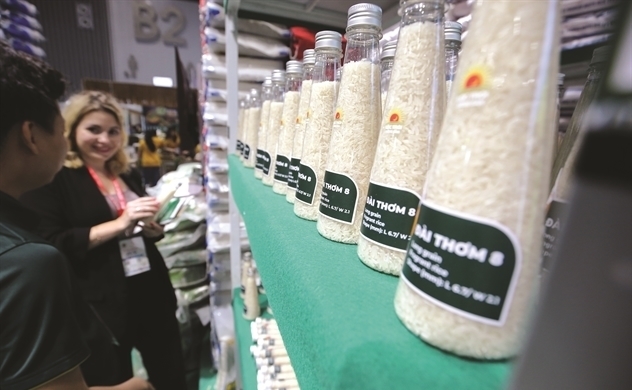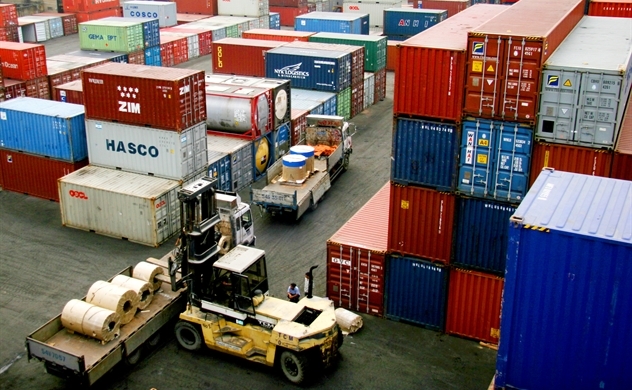Coronavirus urges Vietnam to further reduce reliance on Chinese market

Photo: Quy Hoa
Despite being praised as the most integrated economy in the world, Vietnam's agricultural exports have been suffering a great shock by spreading coronavirus originated from China’s Wuhan city in Hubei province.
Over the past few weeks, exports of Vietnamese farm produces to China stayed idle with hundreds of fruit container trucks waiting at Vietnam - China border gates.
Agricultural products of Dong Nai, Dong Thap, Bac Giang. Long An and Hung Yen provinces could not be sold well. Fruits received the hardest hit from the crisis. Dairy and seafood also got negative impact from the epidemic.
Data from the General Department of Customs shows that export turnover of agricultural products in the first quarter of 2020 was only about $3 billion, down almost 16% from a year earlier. Ministry of Industry and Trade also forecast export to China could drop this year due to the epidemic.
Vietnam’s target of $300 billion export revenue in 2020 is facing hurdle due to the epidemic outbreak. The country’s economic size is estimated at about $200 billion, but imports and exports with China is at nearly $100 billion, half of the GDP. In other words, the dependency level of Vietnam's economy to China is quite high.
For years, Vietnam has been struggling to reduce economic dependence on China economy by seeking new markets and boosting local market for watermelons, dragon fruits. The activities show that Vietnam's agricultural products are stilling relying much the market of 1.4 billion people.
“This is a precious opportunity for Vietnam to focus on restructuring agricultural sector and develop value chain for new markets,” said Minister of Agriculture and Rural Development Nguyen Xuan Cuong.
According to Ministry of Industry and Trade, as of end-2019, Vietnam has participated in negotiations and signed 17 free trade agreements, of which 14 FTAs have been signed and put into effect, 3 FTA is under negotiation.
These free trade agreements have turned Vietnam into an economy having deep integration with trade relations with 230 markets, including FTA with 60 economies. This integration status creates the most favorable conditions for Vietnamese businesses to expand and access the global market, instead of depending on a few markets.
“We have been witnessing relatively fast export growth in some markets that we have signed free trade agreements. Exports to Chile and South Korea increased by an average of 29% per year. Exports to the Indian market had an average growth of 36% per year,” said deputy Minister of Industry and Trade Tran Quoc Khanh.
The Comprehensive and Progressive Agreement for Trans-Pacific Partnership (CPTPP), which has just come into effect in mid-January, but also helps Vietnam's exports to Canada increased by 28.2%, reaching $3.86 billion, Mexico with $2.84 billion, up 26.8%. Vietnam is having a trade surplus when trading with CPTPP market.
The recently-approved Vietnam - EU Free Trade Agreement as an opportunity for Vietnam to open a wide door into the EU market, especially agricultural exporters such as dragon fruits, mangoes, rambutan, grapefruit, durian ...
“Importantly, with the free trade agreements, Vietnam’s exports will be able to reduce dependence on a certain market," Deputy Minister Khanh emphasized.
Last year, Vietnam had 32 product categories with export turnover of over $1 billion, 6 products with a turnover of over $10 billion, accounting for nearly 93% of the total import-export turnover.
Vietnam’s economy may need more time to reduce its dependence on the Chinese market. However, the government and enterprises should be faster in seeking new markets to lower damage whenever there is crisis.
In order to speed up the market diversification, the State should consider to create favorable conditions including preferential policies and interest rates for enterprises upgrading their production chains.
► Business community supports farmers amid coronavirus outbreak

 TIẾNG VIỆT
TIẾNG VIỆT 


















